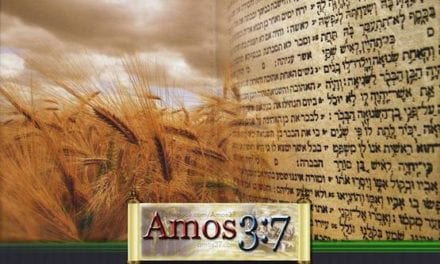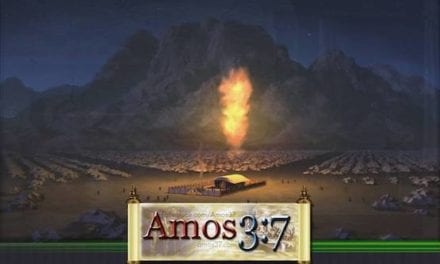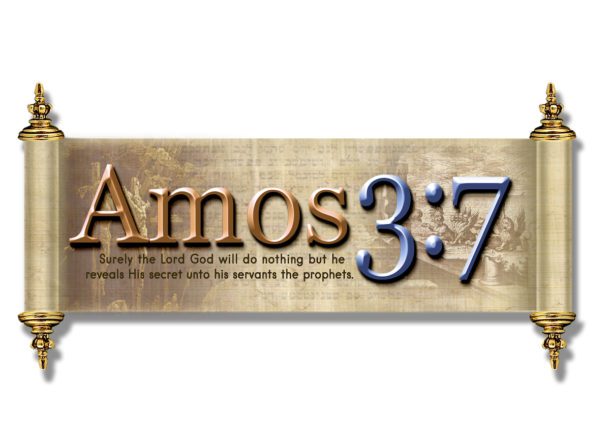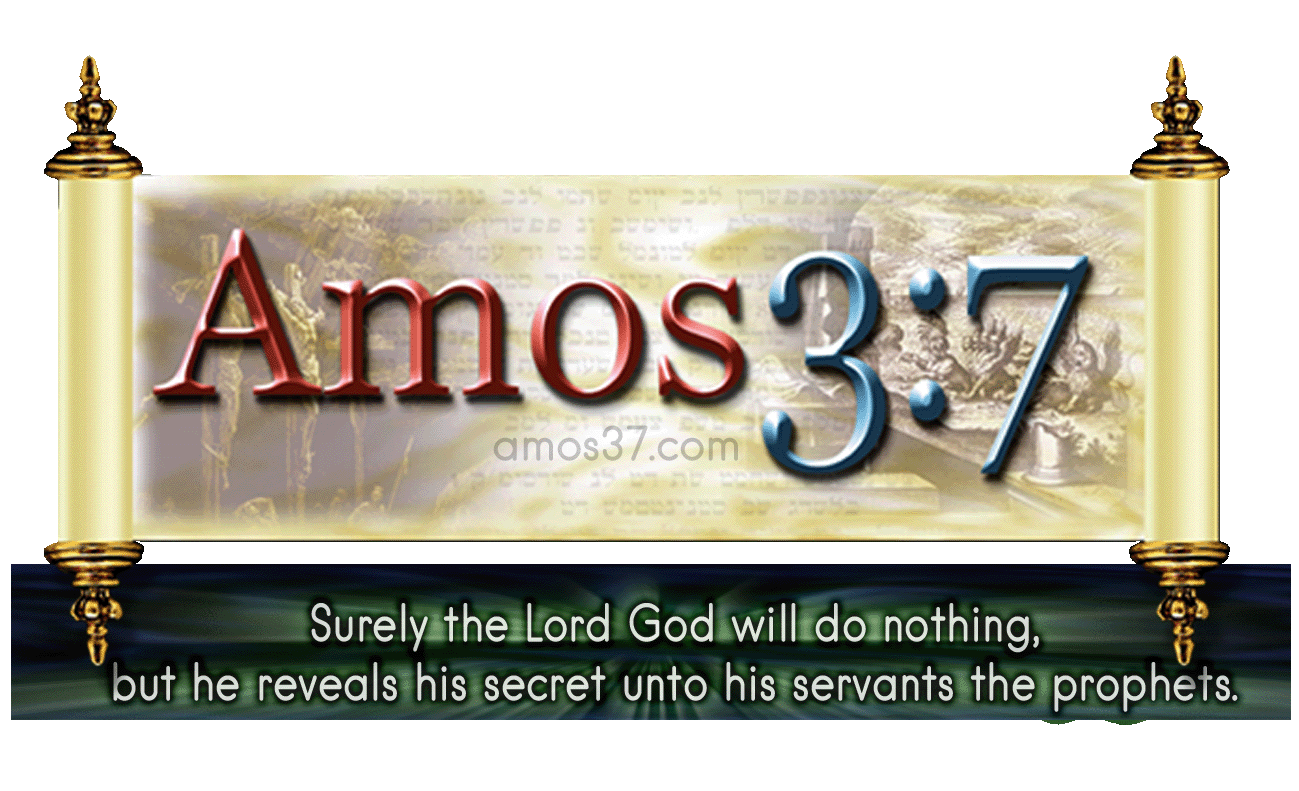 Much more than the “Jewish alternative” to Christmas, Hanukkah, which means “dedication”, recalls a dark time in the history of our Jewish people, and our miraculous deliverance from that darkness. This eight-day holiday commemorates the victory of the Maccabees over the army of Antiochus Epiphanes, a time when God preserved and protected his people through the heroic act of a small band of Jewish guerilla fighters.
Much more than the “Jewish alternative” to Christmas, Hanukkah, which means “dedication”, recalls a dark time in the history of our Jewish people, and our miraculous deliverance from that darkness. This eight-day holiday commemorates the victory of the Maccabees over the army of Antiochus Epiphanes, a time when God preserved and protected his people through the heroic act of a small band of Jewish guerilla fighters.
The Origin Of Hanukkah
Hanukkah is a festival which commemorates the purification and rededication of the Temple by Judas Maccabeus on Kislev 25, 165 bc (usually in December). Three years prior, Antiochus IV, the Seleucid (Syrian) king, defiled the Temple by erecting an idol to Baal Shamen (Zeus), sacrificing a pig on the altar, and proclaiming himself to be a god. Some of the coins he minted had his features on the face of Zeus along with the words “Epiphanes” meaning “the god manifest.” He also decreed that the Torah (the Law of God) could not be studied under penalty of death, circumcision was forbidden, and the Sabbath was not to be kept. This brought an internal struggle within Judaism out in the open. On the one hand, there were the observant Jews who wanted to keep Torah, and on the other, the Hellenized Jews who wanted to assimilate into the Greek culture around them and become “born again” Greeks.
Antiochus sent troops from village to village with a statue of himself, ordering people to bow down to it. One day they arrived in the village of Modi’im. An elderly man stepped forward to comply with the order, but an observant priest, Mattathias of the Hasmonean family, thrust him through with a spear and also killed one of the Seleucid soldiers. Thus began the Maccabean revolt. Mattathias, his five sons and others fled into the Gophna Hills and conducted a guerrilla war against the Seleucids for three years. Eventually Jerusalem was liberated, yet the Temple was defiled. The history of this revolt is found in First Maccabees 1 and 4 and Second Maccabees 6 and 10. While these books are not inspired, they record important historical information.
The Rabbis recount the miracle of Hanukkah in these terms, “On Kislev 25 begin the Hanukkah days, eight of them…When the Greeks entered the Temple Sanctuary, they contaminated all the oil. When the Hasmoneans defeated them, they searched and found only one cruse of oil bearing the High Priest’s seal. The cruse had enough oil for only one day’s burning, but a miracle came to pass and it lasted eight days. The following year, these days were declared a holiday to be celebrated with the saying of Hallel and thanksgiving prayers” (Megillat Taanit).
The centerpiece of the celebration is a nine-branch candelabrum. The first candle is called the “servant” candle and is used to light one additional candle each night to commemorate the eight days of the miracle.
Jesus Celebrates Hanukkah
The Lord Jesus observed the celebration of Hanukkah in the Temple during the winter of ad 29 (Jn. 10:22-39). Just prior to this account, two “illustrations” (John 10:6) of Jesus as the Good Shepherd (John 10:1-5 and John 10:7-10) were given, and then Jesus’ interpretation of these parables (John 10:11-18). The Jewish reader would immediately pick up the messianic connotation of this discourse. The Davidic Messiah would be a Shepherd (Ezekiel. 34).
As He walked through Solomon’s porch on the east side of the Temple enclosure, some Jews approached Him and asked Him point blank, “Are you the Messiah?” (John 10:24). Jesus had to be careful how He answered that question. During the festival, throngs of Jews caught up in the nationalistic fever, were visiting Jerusalem. The word “Messiah” might spark off riots because of its heavy nationalistic and political overtones.
Roman intelligence, headquartered in the Antonia’s Fortress to the northwest of the Temple, was aware of a popular song entitled “A Psalm of Solomon, with Song, to the King.” In this song, composed during the mid-first century bc by a Pharisee, the Lord was acknowledged as King and a Davidic ruler would reign forever. He describes how the latter Hasmonean rulers led the people away from Torah and the Romans under the leadership of Pompey punished the people. The Pharisee prays that the Lord will raise up a king, the Son of David, to rule over Israel. In so doing, this king would “destroy the unrighteous rulers,” “purge Jerusalem from Gentiles,” “drive out the sinners,” “smash the arrogance of sinners,” and “destroy the unlawful nations!” Their king, the Lord Messiah, would do all this! (Psalm 17). If Jesus answered the question “yes,” the Roman authorities could have arrested Him on the spot for insurrection.
Jesus does, however, answer the question in the affirmative, but not directly. When He answers, He is careful not to use the contemporary term and understanding. After pointing out the security which a believer in the Lord Jesus has because of faith in Him, He says, “I and My Father are one!” (John 10:30). That statement had heavy religious overtones for the festival which they were presently celebrating. Those gathered on the Temple Mount recalled the events nearly 200 years before on the very mount where, Antiochus IV, a mere man, proclaimed himself to be god. Jesus, God manifest in human flesh, made the same claim but His claim was true. The Jews picked up stones to stone Him for blasphemy because, in their thinking, He was a man who made Himself God (John 10:31-33). Jesus declared that He was the fulfillment of Hanukkah by saying the Father “sanctified” the Son of God and sent Him into the world (John 10:34-36). The Father was in Him and He in the Father (John 10:38). If the Greek word “sanctified” were translated into Hebrew, it would be “dedication” or Hanukkah!
A Biblical Perspective
John writes his Gospel primarily to a Jewish and Samaritan audience. One of the unique things about John’s Gospel is his emphasis on the Jewish and Samaritan festivals and his indication that Jesus was the fulfillment of these holidays. Hanukkah was the rededication of a defiled Temple. At the beginning of Jesus’ public ministry, He said, “Destroy this temple, and in three days I will raise it up. Then the Jews said, It has taken forty-six years to build this temple, and will You raise it up in three days? But He was speaking of the temple of His body” (John 2:19-21). A wicked and corrupt priesthood had defiled Herod’s Temple. The sinless Lord Jesus was “sanctified” by His death, burial, and resurrection. He is the New Temple.
The Apostle John selected “signs” (miracles) and events, when he penned his Gospel under the inspiration of the Holy Spirit, to convey two purposes (John 20:30-31). The first was to present the deity of the Lord Jesus. John skillfully selects the Hanukkah event because of the festival impact on the crowd. In contrast to the arrogant and blasphemous statement by Antiochus IV, Jesus truly is God manifest in human flesh. The second purpose was to challenge people to put their trust (believe) in the Lord Jesus Christ as the One who died for their sins and rose again from the dead. When they trust Him, God gives them the gift of eternal life, forgiveness of sins, and a home in Heaven. There seems to be a marked contrast between the response of the Jews on the Temple Mount (John 10:37-39) and those “beyond the Jordan” who believed on Him (John 10:40-42). What is your response? Have you trusted the One who is the fulfillment of Hanukkah?
Other good links.
Hanukkah: Is It Really a Minor Festival?
Connect with Amos37
Free Resources for the growing Christian.
“But grow in grace, and [in] the knowledge of our Lord and Saviour Jesus Christ. To Him [be] glory both now and for ever. Amen.” 2 Peter 3:18
Blue Letter Bible Free Online Bible & Study Tools & Commentaries
Bible Classes College Level For Free to Enroll Track your progress.
Our Own Free Discipleship Course In Video HD.



















